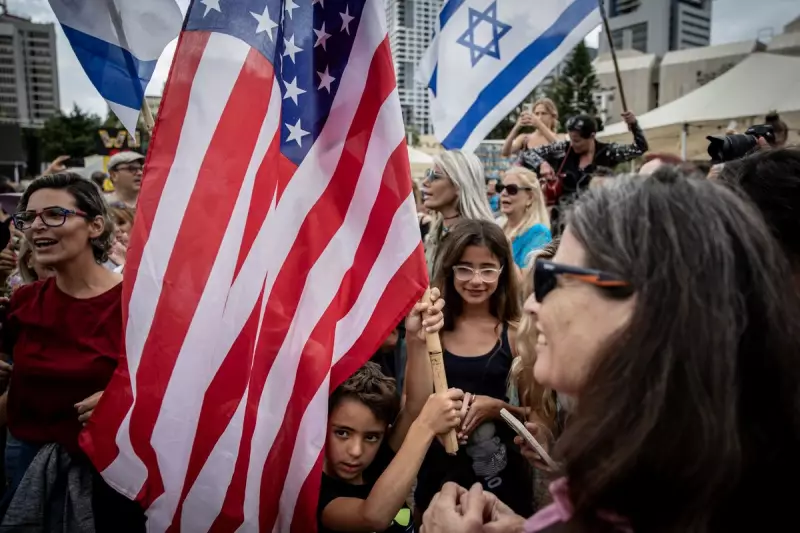
In a bold move that signals deepening American engagement in the Middle East conflict, the United States has initiated the deployment of military personnel to operate off the coast of Gaza. This strategic positioning comes as international efforts intensify to maintain the fragile ceasefire between Israel and Hamas.
Humanitarian Mission Takes Centre Stage
The primary objective of this deployment, according to Pentagon officials, is to establish a temporary pier facility capable of receiving vital humanitarian assistance. This infrastructure aims to significantly boost the flow of essential supplies—including food, water, and medical provisions—to Palestinian civilians caught in the crossfire of the prolonged conflict.
White House representatives have been quick to emphasise the non-combat nature of this mission. "Our forces are there to save lives, not take them," stated one senior administration official, underscoring that American troops would not have "boots on the ground" in Gaza itself.
Ceasefire Negotiations Reach Critical Juncture
This military deployment coincides with what diplomats are calling "make-or-break" negotiations in Qatar. CIA Director William Burns has been engaged in intensive talks with Israeli, Egyptian, and Qatari officials, striving to secure a sustainable cessation of hostilities before the Muslim holy month of Ramadan begins.
The proposed agreement reportedly involves multiple phases, including:
- Initial six-week ceasefire: A temporary halt to fighting to allow for humanitarian corridors
- Prisoner exchange: Release of vulnerable Israeli hostages held by Hamas
- Palestinian prisoner release: Israel would free a significant number of Palestinian detainees
- Humanitarian surge: Massive increase in aid delivery to Gaza's devastated population
Regional Tensions and International Response
The US deployment occurs against a backdrop of escalating regional tensions. Recent Houthi attacks on commercial shipping in the Red Sea have prompted American and British forces to conduct defensive strikes in Yemen, while continued clashes along the Israel-Lebanon border raise concerns about broader regional conflict.
International reaction has been mixed, with some allies praising the humanitarian initiative while others express concern about further militarisation of the crisis. The United Nations has cautiously welcomed the aid corridor proposal but stresses the need for unimpeded access to all Gaza territories.
As diplomatic efforts continue behind closed doors, the world watches anxiously to see whether this latest American intervention will help stabilise the region or mark another chapter in the complex geopolitical struggle that has defined the Israeli-Palestinian conflict for generations.





